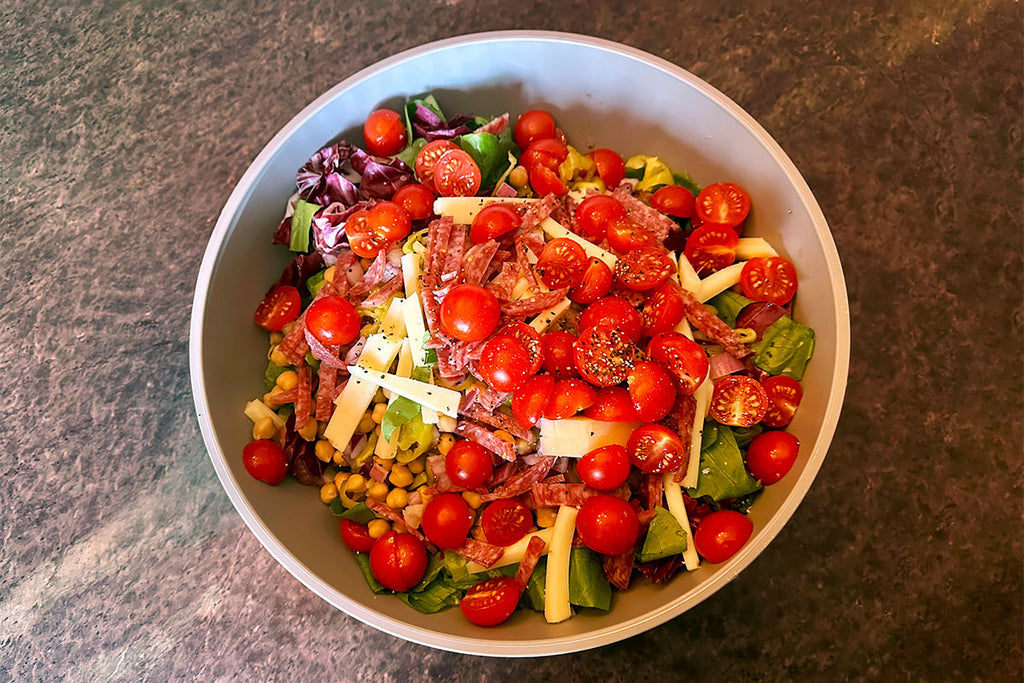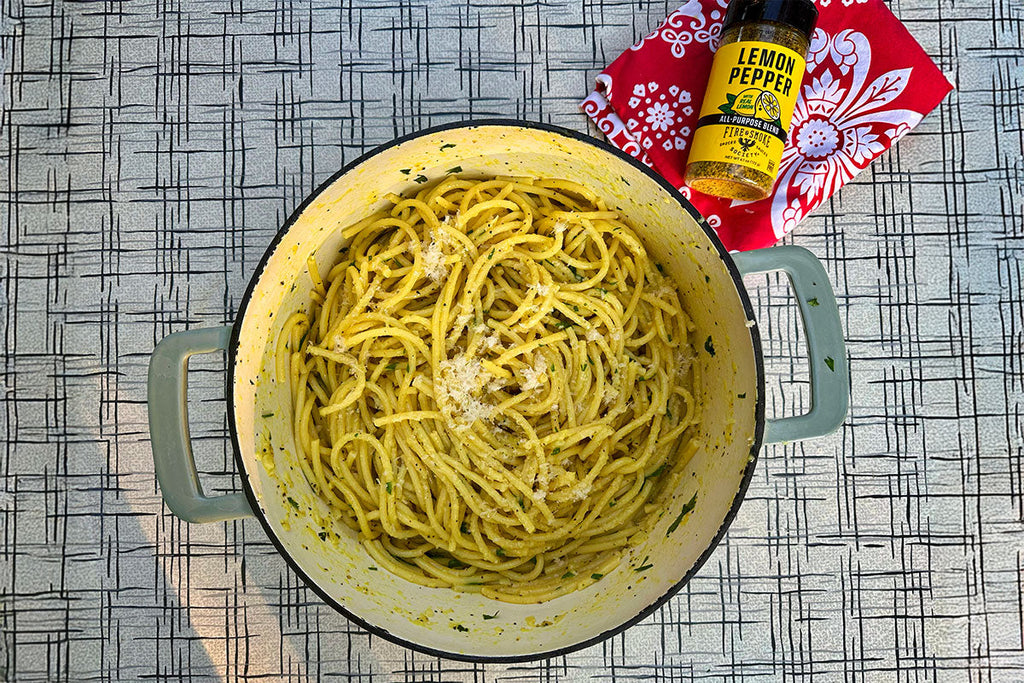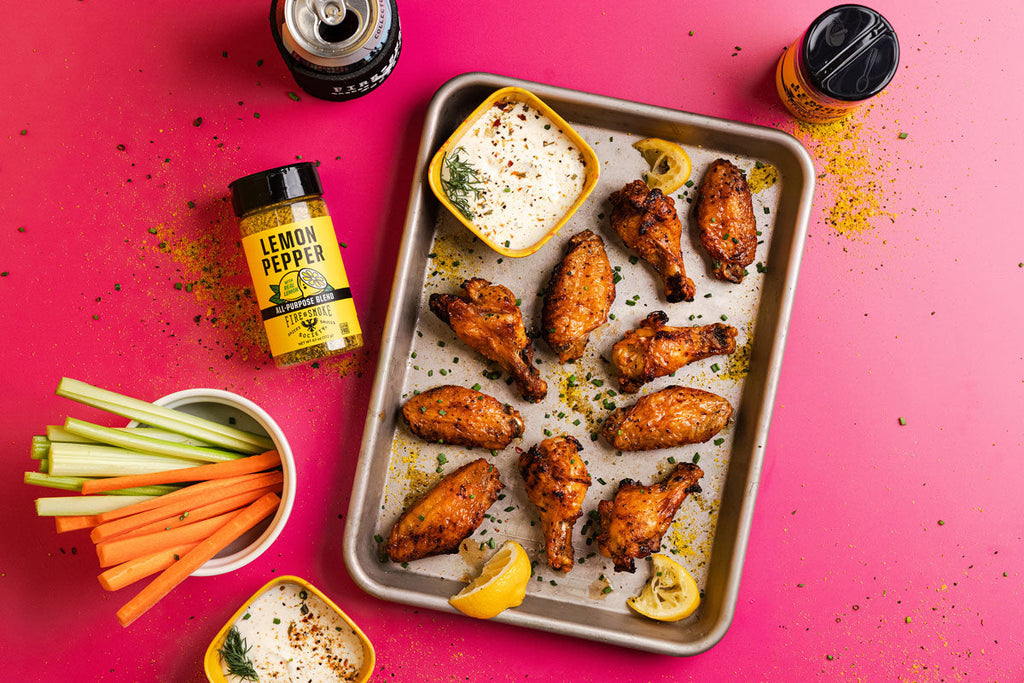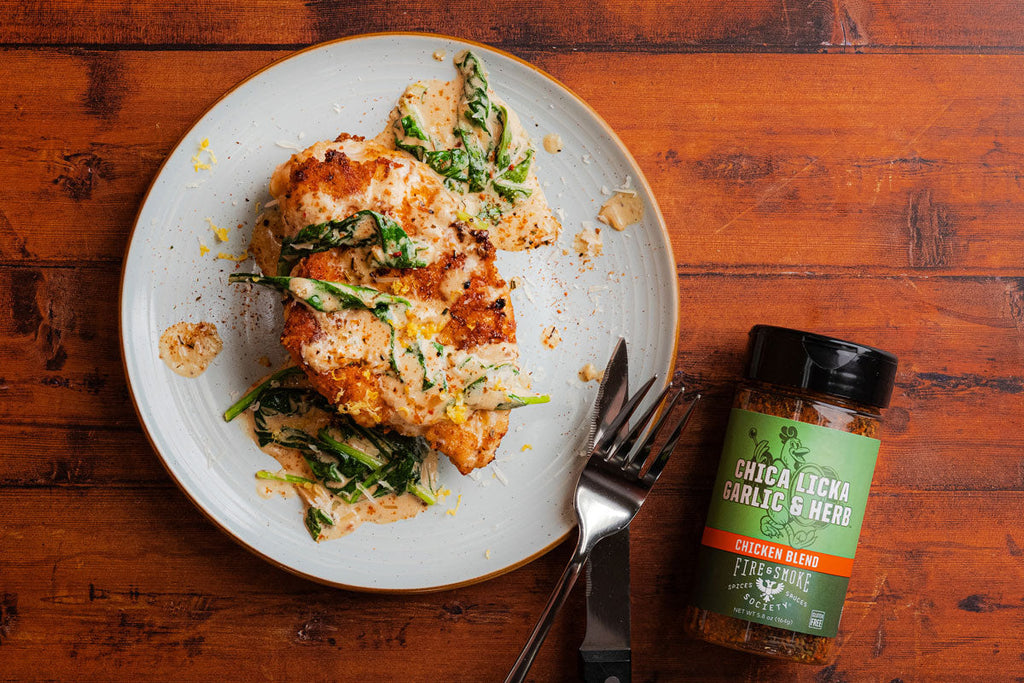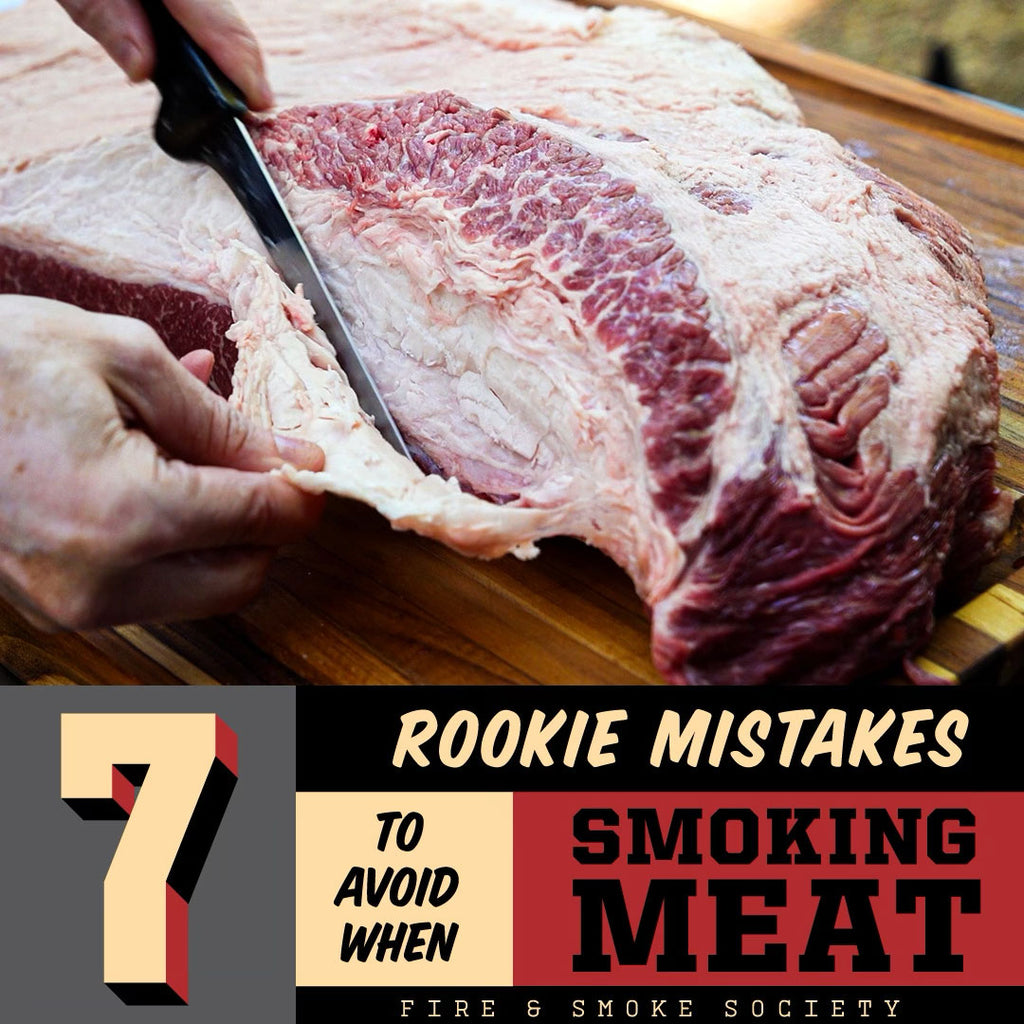
7 Rookie Mistakes to Avoid When Smoking Meat

You want to know what makes great barbecue? Terrible barbecue. Knowing your way around any smoker is a skillset earned through actively learning from your rookie mistakes (and lots and lots of patience). There are no gimmicky gadgets around it. Even a WiFi-enabled pellet contraption can leave you with busted barbecue if you don’t know what you’re doing. Lucky for you, I’ve documented my trials and tribulations to help save you a wasted weekend and bring you up to speed on some common mistakes—and how to avoid them.
1. Starting the smoker too late / not tempering the meat

Your smoker needs to be preheated, and your meat tempered. Simple as that. We’re talking about large cuts that are going to take a lot of time to cook. Starting on a cold smoker with fridge-fresh meat is a recipe for disaster and will make regulating and dialing in the temp magnitudes more difficult. Let everything settle in before you start the timer. I like to have coals started and meat out at least an hour before it goes on.
2. Using the wrong coals and wood

Briquettes are great for hamburgers and hotdogs, but make the ascension to using lump charcoal. Lump will burn hot and long, which means less time opening the lid and losing all of your heat (see mistake #6). For wood, you need to stick to quality, dry hardwoods. Think post oak, hickory, pecan or a fruitwood like apple or cherrywood. Never use sappy woods like pine or cedar. They will quickly ruin your meat (and your smoker).
3. Over-seasoning

We’ve all been there. It looks perfect, but one bite in and you realize you were a little too generous with the rub; and what once considered meat is now a salt block fit for a horse. The process of slow smoking is intended to break down tough connective tissue while infusing the meat with rich, smoky flavor. Use your rubs to highlight that magic. A light coating is all you need for most thin cuts, like ribs and wings. Up the ante for thicker cuts like brisket and shoulders, but as a general rule of thumb—you still want to see the meat behind the seasoning.
4. Trimming like a barbarian

Get a sharp knife and learn how to use it. Trimming bulk cuts is part of the mystique that separates those in the know, and allows an extra level of control over your cook. The general rule of thumb on beef is to leave around ¼” of fat cap. Smoke won’t penetrate well past that and you're just leaving extra insulation that slows down the cook. That being said, if you know that your grill has hot spots, keeping a little more fat on may even things out and produce great results.
5. Bad smoke quality / airflow

If your smoker is chugging away like Thomas the Tank Engine, you’re doing it wrong. While the puffy white plume looks cool on the ‘gram, it's not the smoke you want. We’re hunting for hot, clear-blue, and moving. The fresh smoke you get with new wood chunks carries a ton of creosote and bitterness that I usually bleed off until it's lit fully. Once I see that bluish haze, I dial the exhaust back in. As you would imagine, poor airflow control will kill your coals, or worse—burn your meat. Learn how your smoker flows and put in the hours to master it!
6. Peeking and rushing

Like a good pilot, trust your instruments. Thermometers that monitor ambient heat and internal meat temperatures are essential to a predictable and even cook. Yes, opening the lid to take a peek is tempting, but doing so will suck out all the heat your coals worked hard creating, extending your cook time to unpredictable limits. This mistake may tempt you to pull your meat when it’s not quite ready and result in possibly the worst crime in barbecue: tough, chewy results. Yikes.
7. Skipping the rest period

By this point, you have probably figured out that most of these tips center around two factors: temperature control and lots of patience. So, to no surprise, cutting into a freshly pulled hunk of smoked meat is a no-no. The resting process is critical for allowing moisture to wick and redistribute into dryer areas of the meat. Your reward for waiting (up to 45 minutes for large cuts like brisket) is the juiciest, most flavorful meat that only comes from refusing shortcuts.
This list is just the beginning of your delicious journey. Regardless of how many cooks are under your belt, there is always room to improve. That’s the whole draw to doing it yourself—developing your skill. If not, we’d just leave it to the pros and go wait in line. So go forth, screw it up, and learn from your mistakes; I’d wager you’ll find some great barbecue along the way.
By Jacob Elbert, Backyard Pitmaster




